Fundamentals of Neurology: An Illustrated Guide 2nd edition
Fundamentals of Neurology: An Illustrated Guide Second edition:
The essential “neurotransmitter” for assimilating the basics of clinical neurology
The second edition of this practical guide provides a thorough introduction to the essential concepts of clinical neurology. Coverage includes history-taking; the neurological examination and ancillary tests; topical diagnosis and differential diagnosis of typical syndromes; the diseases of the central nervous system, peripheral nerves, autonomic nervous system, and muscles; epilepsy; and inflammatory diseases such as multiple sclerosis.
Central to the book are the lucid structuring of complex contents allowing efficient learning, even without prior knowledge of the subject; and the vital link between theory and clinical practice, with essential information on history-taking, the clinical examination, and additional tests, all supported by informative graphics and appropriate computed tomography or magnetic resonance imaging studies.
Key Features:
- Complete revision of contents and an enhanced layout from the first edition
- Brilliant format and structure, making the assimilation of complex information easy and efficient
- Clear color illustrations and graphics, many new or revised for the second edition
- Comprehensive tables expand and organize information on many topics
- Vast clinical experience of two highly respected university teachers
Fundamentals of Neurology: An Illustrated Guide, Second Edition, is the ideal introduction to clinical neurology for medical students, physical therapists, and other professionals involved in patient care.
∗ eText ISBN: 3132022128, 978-3132022126, 9783132022126
- See additional information on the Amazon.
More Details
Fundamentals of Neurology: An Illustrated Guide 2nd edition:
Title Page
Copyright
Dedication
Contents
Foreword
Preface
Translator’s Note
1 Fundamentals
1.1 Microscopic Anatomy of the Nervous System
1.1.1 Neurons
1.1.2 Neuroglia
1.1.3 Myelin Sheaths
1.1.4 Synapses
1.2 Elements of Neurophysiology
1.2.1 Ion Channels
1.2.2 Resting Potential
1.2.3 Action Potential
1.2.4 Impulse Conduction
1.3 Elements of Neurogenetics
1.3.1 General Genetics
1.3.2 Neurogenetics
1.3.3 Genetic Counseling
2 The Clinical Interview in Neurology
2.1 General Principles of History-Taking
2.1.1 General Prerequisites for Good History-Taking
2.1.2 General Principles of the Clinical Interview
2.1.3 Your Demeanor toward the Patient
2.1.4 The History and Physical Examination
2.2 Special Aspects of History-Taking
2.2.1 The Present Illness
2.2.2 Past Medical History, Family History, and Social History
3 The Neurologic Examination
3.1 Basic Principles of the Neurologic Examination
3.2 Stance and Gait
3.2.1 General Remarks
3.2.2 Special Stance and Gait Tests
3.3 Head and Cranial Nerves
3.3.1 Head and Cervical Spine
3.3.2 Cranial Nerves
3.4 Upper Limbs
3.4.1 General Aspects
3.4.2 Motor Function and Coordination
3.4.3 Muscle Tone and Strength
3.4.4 Reflexes
3.4.5 Sensation
3.5 Trunk
3.5.1 Back and Spine
3.5.2 Reflexes
3.5.3 Sensation
3.6 Lower Limbs
3.6.1 General Aspects
3.6.2 Coordination and Strength
3.6.3 Reflexes
3.6.4 Sensation
3.7 Autonomic Nervous System
3.8 Neurologically Relevant Aspects of the General Physical Examination
3.9 neuropsychological and Psychiatric Examination
3.9.1 Psychopathologic Findings
3.9.2 neuropsychological Examination
4 Ancillary Tests in Neurology
4.1 Fundamentals
4.2 Imaging Studies
4.2.1 Conventional Skeletal Radiographs
4.2.2 Computed Tomography
4.2.3 Magnetic Resonance Imaging
4.2.4 Angiography with Radiologic Contrast Media (Digital Subtraction Angiography)
4.2.5 Myelography and Radiculography
4.2.6 Diagnostic Techniques of Nuclear Medicine
4.3 Electrophysiologic Studies
4.3.1 Fundamentals
4.3.2 Electroencephalography
4.3.3 Evoked Potentials
4.3.4 Electromyography
4.3.5 Electroneurography
4.3.6 Other Electrophysiologic Studies
4.4 Ultrasonography (Neurosonography)
4.5 Other Ancillary Studies
4.5.1 Cerebrospinal Fluid Studies
4.5.2 Tissue Biopsies
4.5.3 Perimetry
5 Topical Diagnosis and Differential Diagnosis of Neurologic Syndromes
5.1 Fundamentals
5.2 MuscleWeakness and Other Motor Disturbances
5.2.1 Anatomic Substrate of Motor Function
5.2.2 Motor Regulatory Systems
5.3 Sensory Disturbances
5.3.1 Anatomic Substrate of Sensation
5.3.2 The Peripheral Part of the Somatosensory System
5.3.3 The Central Part of the Somatosensory System
5.4 Disturbances of Consciousness
5.4.1 Somnolence, Stupor, and Coma: Severity and Causes
5.4.2 The Differential Diagnosis of Coma
5.5 Dysfunction of Specific Areas of the Brain
5.5.1 Syndromes of the Individual Lobes of the Cerebral Hemispheres
5.5.2 Syndromes of the Extrapyramidal Motor System
5.5.3 Thalamic Syndromes
5.5.4 The Limbic System
5.5.5 Brainstem Syndromes
5.5.6 Cerebellar Syndromes
6 Diseases of the Brain and Meninges
6.1 Congenital and Perinatally Acquired Diseases of the Brain
6.1.1 Fundamentals
6.1.2 Cerebral Movement Disorders
6.1.3 Hydrocephalus
6.1.4 Microcephaly
6.1.5 Dysraphic Malformations
6.1.6 Heterotopia
6.1.7 Ulegyria
6.1.8 Phakomatoses
6.1.9 Brain Infections Acquired in Utero
6.1.10 Other Embryopathies
6.1.11 Malformations of the Skull and Craniocervical Junction
6.1.12 Mental Disorders
6.2 Traumatic Brain Injury
6.2.1 Overview
6.2.2 Clinical History and Neurologic Examination
6.2.3 Assessment of Severity; Imaging Studies
6.2.4 Pathophysiology and Clinical Features
6.2.5 Traumatic Hematomas
6.2.6 The Treatment of Traumatic Brain Injury
6.2.7 Complications
6.2.8 Prognosis
6.3 Intracranial Pressure
6.3.1 Definition, Etiology, and Pathogenesis
6.3.2 Clinical Features and Diagnostic Evaluation
6.3.3 Complication: Herniation
6.3.4 Treatment
6.4 Brain Tumors
6.4.1 Overview
6.4.2 Astrocytoma and Glioblastoma
6.4.3 Ependymoma
6.4.4 Medulloblastoma and Primitive Neuroectodermal Tumors
6.4.5 Oligodendroglioma
6.4.6 Meningioma
6.4.7 Lymphoma
6.4.8 Pituitary Tumors
6.4.9 Malformations and Hamartomatous Tumors
6.4.10 Neurinomas
6.4.11 Brain Metastases
6.5 Cerebral Ischemia and Ischemic Stroke
6.5.1 Overview
6.5.2 Anatomy and Pathophysiology
6.5.3 The Classification of Cerebral Ischemia by Severity
6.5.4 Etiology, Risk Factors, and Primary Prophylaxis
6.5.5 The Dynamic Time Course of Cerebral Ischemia
6.5.6 Infarct Types
6.5.7 Clinical Stroke Syndromes
6.5.8 Diagnostic Evaluation
6.5.9 Treatment of Ischemic Stroke
6.5.10 Special Types of Cerebral Ischemia
6.6 Nontraumatic Intracranial Hemorrhage
6.6.1 Intracerebral Hemorrhage
6.6.2 Subarachnoid Hemorrhage
6.7 Infectious Diseases of the Brain and Meninges
6.7.1 Overview
6.7.2 Acute Bacterial Meningitis
6.7.3 Acute Viral Meningitis: Aseptic or Lymphocytic Meningitis
6.7.4 Chronic Meningitis
6.7.5 Bacterial (Meningo)encephalitis: Spirochetal Infections
6.7.6 Viral Encephalitis
6.7.7 Fungal Encephalitis
6.7.8 Parasitic and Protozoal Encephalitis
6.7.9 Encephalitis in Prion Diseases: Creutzfeldt–Jakob Disease
6.7.10 Slow Virus Diseases
6.7.11 Intracranial Abscesses
6.8 Metabolic Disorders and Systemic Diseases Affecting the Nervous System
6.8.1 Congenital Metabolic Disorders
6.8.2 Intoxications and Alcohol-Induced Disturbances of the Nervous System
6.8.3 Endocrine Diseases
6.8.4 Gastrointestinal Diseases
6.8.5 Hematologic Diseases
6.8.6 Collagen Diseases and Immune Diseases
6.8.7 Paraneoplastic Syndromes
6.8.8 Limbic Encephalitis
6.8.9 Renal Failure and Electrolyte Disturbances
6.9 Parkinson Disease and Other Hypertonic–Hypokinetic Syndromes
6.9.1 Overview
6.9.2 Parkinson Disease (Idiopathic Parkinson Syndrome)
6.9.3 Symptomatic Parkinsonian Syndromes
6.9.4 Progressive Supranuclear Palsy
6.9.5 Multisystem Atrophy
6.9.6 Corticobasal Degeneration
6.9.7 Lewy Body Dementia
6.10 Chorea, Athetosis, Ballism, Dystonia: Hyperkinetic Syndromes
6.10.1 HuntingtonChorea
6.10.2 Chorea Minor (Sydenham Chorea)
6.10.3 Athetosis
6.10.4 Ballism
6.10.5 Dystonic Syndromes
6.10.6 Essential Tremor and Other Types of Tremor
6.11 Cerebellar Diseases and Other Conditions Causing Ataxia
6.11.1 Overview
6.11.2 Selected Types of Ataxia
6.12 Dementia
6.12.1 Overview: The Dementia Syndrome
6.12.2 Alzheimer Disease (Senile Dementia of Alzheimer Type)
6.12.3 Treatment and Prognosis
6.12.4 Dementia with Lewy Bodies
6.12.5 Frontotemporal Dementia (PickDisease)
6.12.6 Vascular Dementia: SAE-Associated Dementia and Multi-Infarct Dementia
6.12.7 Dementia due to Malresorptive Hydrocephalus
7 Diseases of the Spinal Cord
7.1 Overview
7.1.1 Anatomy
7.1.2 The Main Spinal Cord Syndromes and Their Anatomic Localization
7.1.3 Further Diagnostic Evaluation of Spinal Cord Lesions
7.2 Spinal Cord Trauma
7.3 Slowly Progressive Spinal Cord Compression
7.3.1 Spinal Cord Tumors
7.3.2 Myelopathy due to Cervical Spondylosis
7.3.3 Syringomyelia and Syringobulbia
7.4 Spinal Cord Ischemia and Hemorrhage
7.4.1 Blood Supply of the Spinal Cord
7.4.2 Arterial Hypoperfusion
7.4.3 Impaired Venous Drainage
7.4.4 Hemorrhage in or adjacent to the Spinal Cord
7.5 Infectious and Inflammatory Diseases of the Spinal Cord
7.5.1 Myelitis
7.5.2 Spinal Abscesses
7.6 Diseases Mainly Affecting the Long Tracts of the Spinal Cord
7.6.1 Overview
7.6.2 Friedreich Ataxia
7.6.3 Familial Spastic Spinal Paralysis
7.6.4 Funicular Myelosis
7.7 Diseases of the Anterior Horns
7.7.1 Overview
7.7.2 Spinal Muscular Atrophies
7.7.3 Amyotrophic Lateral Sclerosis
8 Multiple Sclerosis and Other Autoimmune Diseases of the Central Nervous System
8.1 Fundamentals
8.2 Multiple Sclerosis
8.3 Other Autoimmune Diseases of the CNS
8.3.1 Neuromyelitis Optica
8.3.2 Acute Disseminated Encephalomyelitis
8.3.3 Behçet Disease
8.3.4 Subacute Myelo-Optic Neuropathy
8.3.5 Other Autoimmune Diseases
9 Epilepsy and Its Differential Diagnosis
9.1 Fundamentals
9.1.1 Classification of the Epilepsies
9.1.2 Practical Clinical Management of a Suspected Epileptic Seizure
9.2 Generalized Seizures
9.2.1 Tonic–Clonic Seizures (Earlier Term: “Grand Mal Epilepsy”)
9.2.2 Absences (Earlier Term: “Petit Mal Epilepsy”)
9.2.3 Atypical Absences and Other Types of Epilepsy in Childhood
9.3 Focal (Partial) Seizures
9.3.1 Focal Seizures without Altered Consciousness
9.3.2 Focal Seizures with Altered Consciousness (Earlier Term, “Complex Partial Seizures;” Curre
9.4 Status Epilepticus
9.5 Episodic Neurologic Disturbances of Nonepileptic Origin
9.5.1 Nonepileptic Psychogenic Seizures
9.5.2 Episodic Disturbances with Brief Impairment of Consciousness and Falling
9.5.3 Episodic Falling without Impairment of Consciousness
9.5.4 Episodic Impairment of Consciousness without Falling
9.5.5 Episodic Movement Disorders without Impairment of Consciousness
9.5.6 Episodic Impairment of Memory and Confusion
10 Sleep and Its Abnormalities
10.1 Shortened Sleep Duration and Abnormal Sleep–Wake Rhythm
10.2 Insomnia
10.2.1 General Principles
10.2.2 Restless Legs Syndrome
10.3 Hypersomnia and Excessive Daytime Somnolence
10.3.1 Sleep Apnea Syndrome
10.3.2 Narcolepsy–Cataplexy Syndrome
10.3.3 Kleine–Levin–Critchley Syndrome
10.3.4 Other Causes of Daytime Fatigue and Somnolence
10.4 Abnormal Movements in Sleep (Parasomnias)
11 Polyradiculopathy and Polyneuropathy
11.1 Fundamentals
11.2 Polyradiculitis
11.2.1 Guillain–Barré Syndrome
11.2.2 Chronic Inflammatory Demyelinating (Recurrent) Polyneuropathy
11.2.3 Cranial Polyradiculitis
11.2.4 Polyradiculitis of the Cauda Equina
11.3 Polyneuropathy
11.3.1 Particular Etiologic Types of Polyneuropathy
12 Diseases of the Cranial Nerves
12.1 Disturbances of Smell (Olfactory Nerve)
12.2 Neurologic Disturbances of Vision (Optic Nerve)
12.2.1 Visual Field Defects
12.2.2 Impairment of Visual Acuity
12.3 Disturbances of Ocular and Pupillary Motility
12.3.1 The General Principles of Eye Movements
12.3.2 Nystagmus
12.3.3 Supranuclear Oculomotor Disturbances
12.3.4 Lesions of the Nerves to the Eye Muscles and Their Brainstem Nuclei
12.3.5 Ptosis
12.3.6 Pupillary Disturbances
12.4 Lesions of the Trigeminal Nerve
12.5 Lesions of the Facial Nerve
12.5.1 Topical Classification of Facial Palsy
12.5.2 Etiologic Classification of Facial Palsy
12.6 Disturbances of Hearing and Balance: Vertigo
12.6.1 Neurologic Disturbances of Hearing
12.6.2 Disequilibrium and Vertigo
12.7 Lesions of the Glossopharyngeal and Vagus Nerves
12.8 Lesions of the Accessory Nerve
12.9 Lesions of the Hypoglossal Nerve
12.10 Multiple Cranial Nerve Deficits
13 Diseases of the Spinal Nerve Roots and Peripheral Nerves
13.1 Radicular Syndromes
13.1.1 Overview
13.1.2 Radicular Syndromes due to Intervertebral Disk Herniation
13.1.3 Radicular Syndromes due to Spinal Stenosis
13.1.4 Radicular Syndromes due to Space-Occupying Lesions
13.2 Peripheral Nerve Lesions
13.2.1 Overview
13.2.2 Diseases of the Brachial Plexus
13.2.3 Diseases of the Peripheral Nerves of the Upper Limbs
13.2.4 Diseases of the Nerves of the Trunk
13.2.5 Diseases of the Lumbosacral Plexus
13.2.6 Diseases of the Peripheral Nerves of the Lower Limbs
14 Painful Syndromes
14.1 Fundamentals
14.1.1 The Generation and Perception of Pain
14.1.2 General Aspects of the Clinical History in Patients with Pain
14.2 Painful Syndromes of the Head and Neck
14.2.1 IHS Classification of Headache
14.2.2 Approach to the Patient with Headache
14.2.3 The Main Types of Primary Headache
14.2.4 The Main Types of Secondary Headache
14.3 Painful Syndromes of the Face
14.3.1 Neuralgias
14.3.2 Pain in the Face Caused by Diseases of the Teeth and Jaws
14.3.3 Atypical Facial Pain
14.3.4 Further Types of Facial Pain
14.3.5 Differential Diagnosis of Headache and Facial Pain
14.4 Painful Shoulder–Arm Syndromes
14.4.1 Spondylogenic (Cervicogenic) Shoulder and Arm Pain
14.4.2 Degenerative and Rheumatic Shoulder and Arm Pain
14.4.3 Neurogenic Arm Pain
14.4.4 Vasogenic Arm Pain
14.4.5 Arm Pain of Overuse
14.4.6 Other Types of Arm Pain
14.5 Pain in the Trunk and Back
14.5.1 Thoracic and Abdominal Wall Pain
14.5.2 Back Pain
14.5.3 Groin Pain
14.6 Leg Pain
14.7 Pseudoradicular Pain
15 Diseases of Muscle (Myopathies)
15.1 Structure and Function of Muscle
15.1.1 Microscopic Anatomy of Muscle
15.1.2 Physiology of Muscle Contraction
15.1.3 Impulse Transmission at the Motor End Plate and Impulse Conduction in the Muscle Fiber
15.2 General Symptomatology
15.3 Muscular Dystrophies
15.3.1 Hereditary Muscular Dystrophies of X-chromosomal Inheritance— Dystrophinopathies
15.3.2 Hereditary Muscular Dystrophies of Autosomal Inheritance
15.3.3 Rarer Types of Muscular Dystrophy
15.4 Myotonic Syndromes and Periodic Paralysis Syndromes
15.4.1 Diseases Mainly Causing Myotonia
15.4.2 Diseases Causing Periodic Paralysis
15.5 Metabolic Myopathies
15.5.1 Acute Rhabdomyolysis
15.5.2 Mitochondrial Encephalomyopathies
15.6 Myositis
15.6.1 Polymyositis and Dermatomyositis
15.7 Other Diseases Affecting Muscle
15.7.1 Myopathies due to Systemic Disease
15.7.2 Congenital Myopathies
15.8 Disturbances of Neuromuscular Transmission—Myasthenic Syndromes
15.8.1 Myasthenia Gravis
15.8.2 Lambert–Eaton Syndrome
15.8.3 Rare Myasthenia-like Syndromes
16 Diseases of the Autonomic Nervous System
16.1 Anatomy
16.1.1 Sympathetic Nervous System
16.1.2 Parasympathetic Nervous System
16.2 Normal and Pathologic Function of the Autonomic Nervous System
16.2.1 Sweating
16.2.2 Bladder, Bowel, and Sexual Function
16.2.3 The Cervical Sympathetic Pathway and Horner Syndrome
16.2.4 Generalized Autonomic Dysfunction
Index


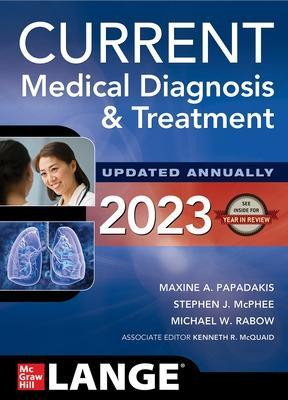
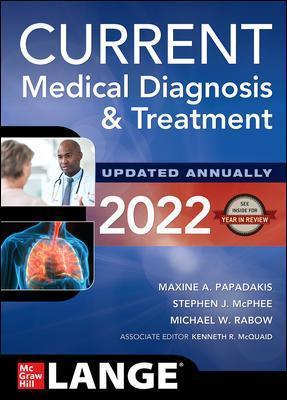
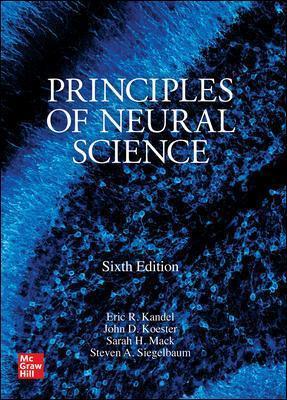





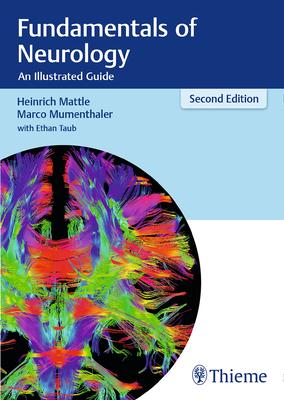

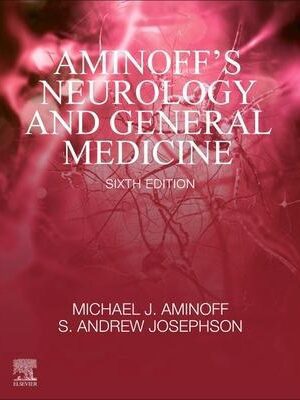



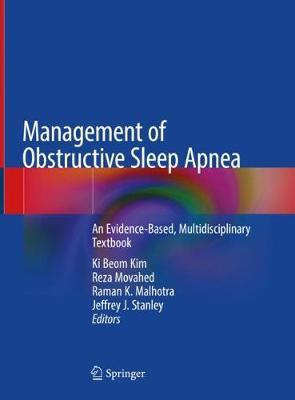
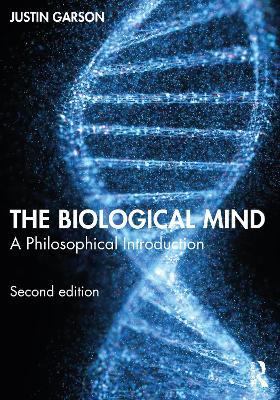
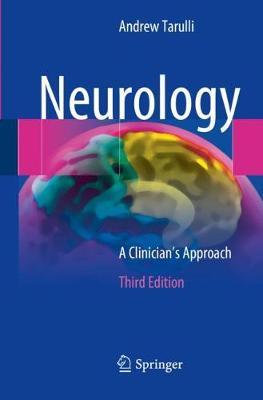
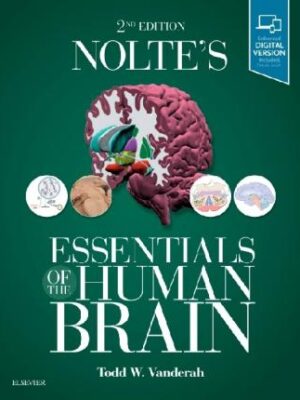
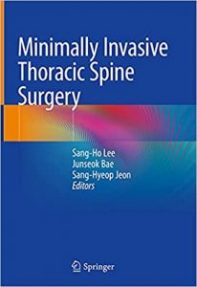

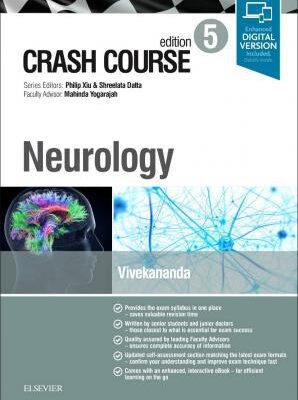
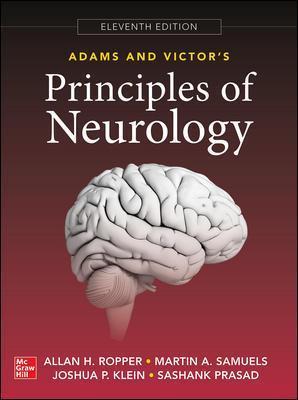
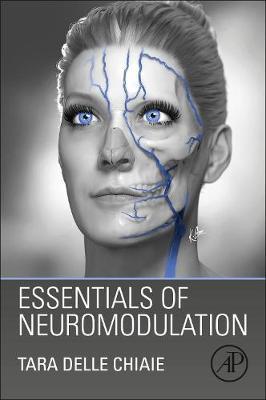

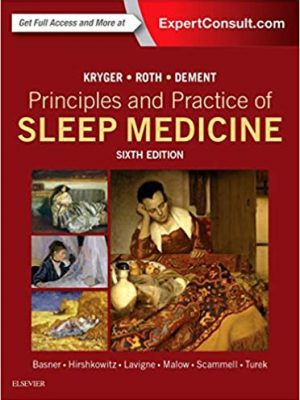
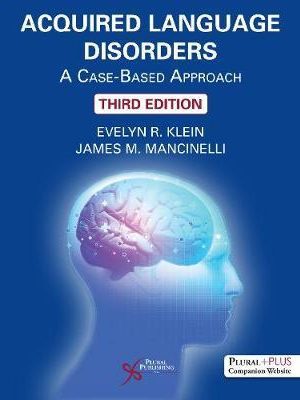
 Dentistry
Dentistry
Reviews
There are no reviews yet.